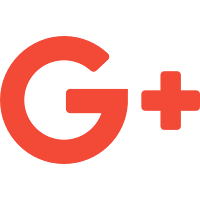
*The waiting pitfaH. Some people believe that delaying enrollment makes sense because their current drug costs are lower than their premiums would be under Part D. It may save you money initially, but if you enroll more than three months after your 65th birthday, when you become eligible for Medicare, you will be charged an extra 1% of the current monthly premium for every month you wait to enroll. This is in addition to the annual premium increases affecting all Part D enrollees.
Better: Enroll as soon as you are eligible. If your needs change, you can change plans one time without penalty and choose a new plan between November 15 and December 31 for the following year. When selecting a plan, factor in co-payments and premiums. Make sure your drugs are in the plan's formulary. If a drug isn't included but your doctor can show that it is necessary, you can appeal for an exception, however, there are no guarantees.
People who have "creditable" drug or other coverage - that is, employer, union or other benefits that are equal to, or even better than, the standard Medicare Part D plan - should receive a notice to this effect from their benefits department or insurer. If the creditable coverage is lost at a later time, they can enroll in a Medicare drug plan without any penalty, so long as they make their choice within 63 days of the loss of coverage. This protection is not available if you have purchased coverage individually.
*Snowbird pitfall. Most regional Medicare plans cover only drug purchases made in the region. (Some make exceptions for emergencies or have a mail-order option.) People who divide their time between two homes should choose a national plan.
*Nursing home trap. If your loved one is in a nursing home, make sure that the pharmacy used by the nursing home is in the plan that you choose.
*"Donut hole" trap. Do not assume a drug plan will pay all your costs. The standard plan for 2006 has a $250 deductible ... pays for only 75% of costs from $251 to $2,250 ... pays nothing from to $3,6oo (the "donut hole") ... and covers all but 5% of drug costs above this amount. Some plans cover the deductible and the donut hole, although they have higher premiums.














0 komentarze:
Post a Comment